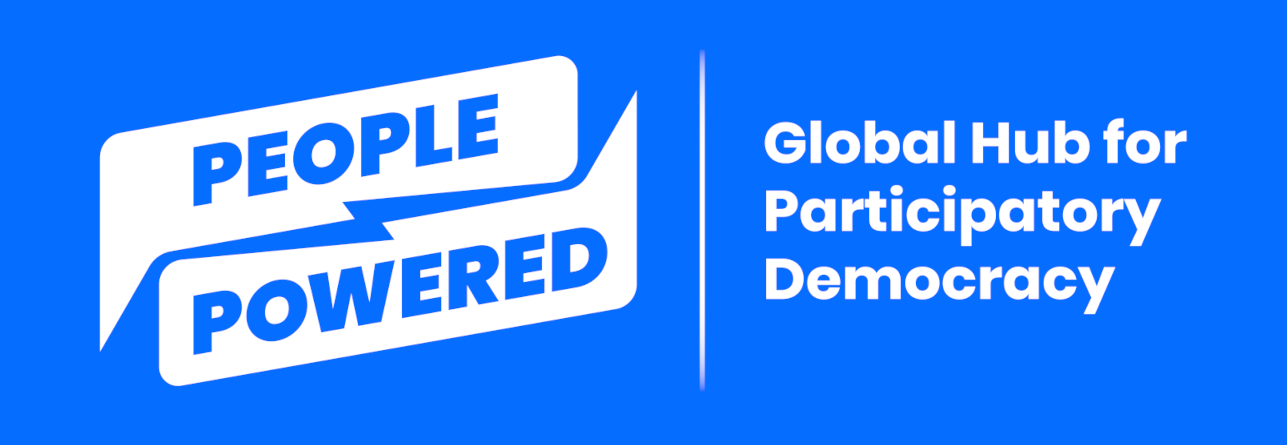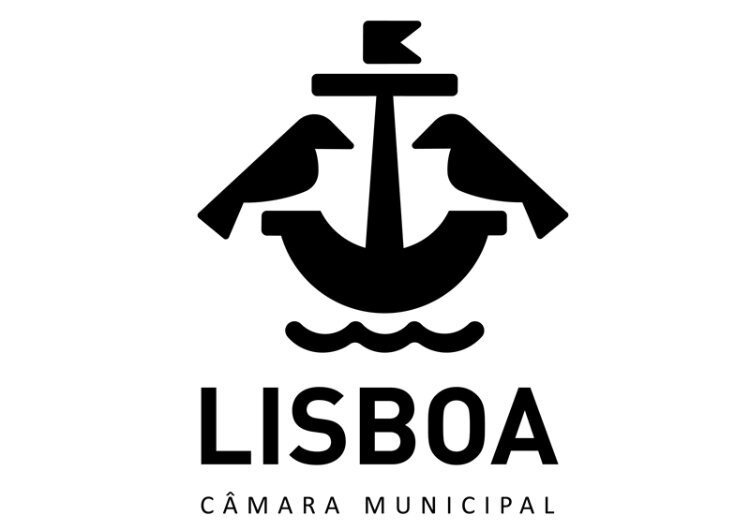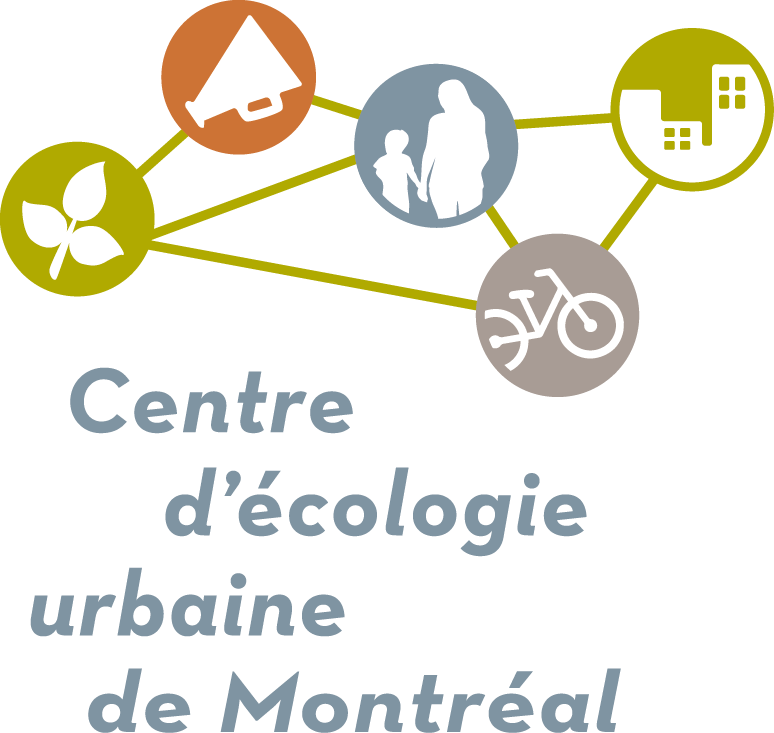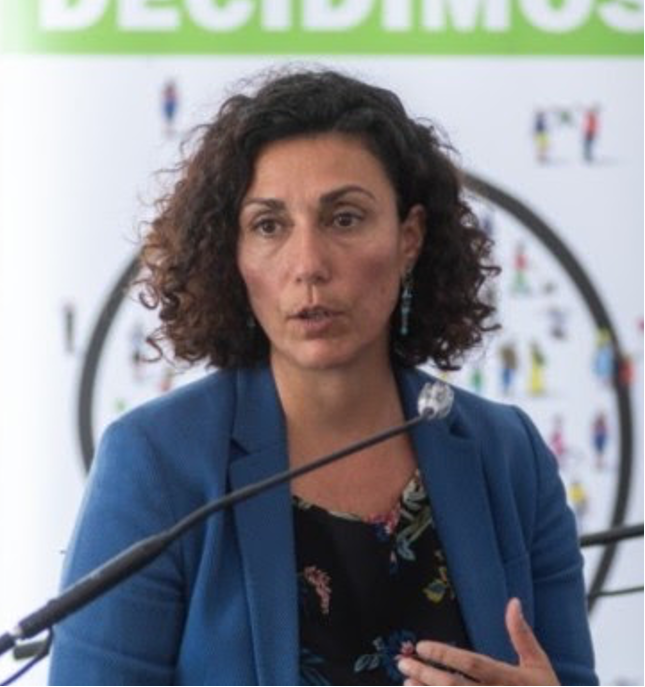Participatory Budgeting for Climate Change: Lessons from Indonesia, Lisbon, and Montréal
/We are facing a global climate crisis, and local governments need to do their part to address it. Public participation is a key strategy for effective local climate action. It can help cities build consensus around the need for climate change mitigation and adaptation, and around concrete projects and policies to implement.
Cities are increasingly using participatory budgeting (PB) to address climate change, with residents. People Powered developed an online course to help more local governments learn from and replicate these experiences. We’re excited to share below some of the key insights from the course, from leading practitioners in Indonesia, Lisbon, and Montréal.
Learn more about how to use PB for climate change in our online course and info sheet. After taking the course, you can sign up for free mentorship from climate PB experts!
PB Can Change How City Governments Address Climate Change
In cities where PB has been used for years, integrating climate action into the PB process can raise awareness of the urgency of addressing climate change. This is the case in Indonesia, where village-level PB processes have been implemented nationwide since 2004, and in Lisbon, which has been implementing PB for the last 12 years. 20 percent of the projects in past editions of the Lisbon PB have related to environmental sustainability, but the city’s “Green Seal” designation for climate-related projects starting in 2019 has raised the profile of local climate action.
For cities that are launching PB for the first time, using PB to address climate change is a way to turn political discourse into action. In Montreal, Mayor Valérie Plante gave speeches in 2019 and 2020 to the UN General Assembly about the crucial role of cities in climate action. The citywide PB program that launched last November, focused on ecological and social transition, provides concrete evidence that the city is acting on the mayor’s commitments.
Montréal’s PB program, focused on ecological and social transition, turns political discourse about climate change into action.
How to Incorporate Climate Change into the PB Process
There are three basic types of PB process to address climate change:
Place-based or territorial: Covering a city, district or neighborhood. Projects addressing climate change will be proposed and voted on alongside other types of projects.
Sector-based or thematic: Resources are allocated to specific sectors or agencies that most impact climate change, such as health, education, and transportation.
Actor-based: Resources go to specific community groups or kinds of people.
Indonesia’s PB system is place-based: 74,000 villages each receive up to $150,000 per year. To ensure that projects relating to climate change mitigation and adaptation are prioritized, Kota Kita presents information on local climate impacts to residents.
Montréal’s PB process is a mix of territorial and sector-based: projects can be located in a district (e.g. a greenhouse) or focused on a specific sector in different places, like transportation (a bicycle parking system). In Lisbon, in addition to the citywide (place-based) PB, the City piloted a green PB in its public school system in 2019 (combined actor- and sector-based).
In Indonesia’s place-based PB system, using accessible materials to inform residents about local climate impacts can help to prioritize climate-related projects.
Challenges and How to Address Them
One challenge is that climate change happens gradually. Residents may not feel its impacts of climate change today, so they aren’t aware of the importance of acting now. Solution: Convince public officials and community leaders of the urgency of intervention, so that they can help get others on board.
In addition, many citizens don’t understand the different powers of different levels of government. You don’t want to invite people to participate, only to refuse their ideas because the city can’t implement them. Solution: Communicate clearly what the city can and can’t do. Give examples of eligible projects. Hold ideation workshops to discuss and clarify ideas and their feasibility.
Executing funded projects is also a big challenge. Solution: Lisbon plans to form a project team tasked with implementing projects and delivering results.
Lessons, Best Practices, and Partners
Lisbon’s School PB process built enthusiasm for climate-sensitive PB and allowed the city to test new ideas.
Multi-stakeholder collaboration, involving city government, communities, NGOs, and the private sector is key. In Semarang, Indonesia, Kota Kita works collaboratively with the community to raise awareness and demand change, which has led the government to commit to allocate a budget for community-based intervention called Green Musrenbang.
Communicate in a positive way to motivate positive action. Transform theoretical concepts into concrete needs for citizens: for example, “ecological transition” becomes the need to move, to eat/feed, etc.
Engage companies that have made green commitments. In the Lisbon Commitment, companies were invited to make commitments for the decade 2020-2030.
Start with students. In 2019/2020, Lisbon implemented a School Green PB in four schools. Students could choose 1 of 5 pre-selected projects, using a preferential voting system, which built enthusiasm for climate-sensitive PB and allowed the city to test new ideas.
Coordinate PB and other green policies. In Montreal, the city’s PB charter ensures that the process is consistent with other policies. For example, the process has to respect the city’s forthcoming climate plan, as well as the urban and mobility plan.
Encourage systemic change. Introducing climate change into PB can increase awareness of the effects of local climate impacts on a range of public services, from waste management to physical infrastructure and public space. Even with a small budget, the collective impact of many small actions is substantial at the city level.
Next Steps
Conduct a climate change vulnerability assessment to better inform your advocacy. This first step is important since cities often have limited information about local climate impacts.
Communicate climate change issues with your community using easy-to-digest materials to better inform the PB process.
Start from where you are: Meet with key climate change experts or champions in your city government, to see if there’s institutional support. Present the case to local politicians with specific projects that could and should be implemented in the short and medium term.
Meet with key organizations working on climate change, to see if there’s community support.
Explore ways of raising funds in both the public and private sectors.
Learn More and Get Help
Want to learn more about how cities can use PB to address climate change, and how you can take action in your city?
Watch our 90-minute online course (available in four languages).
Download the 4-page info sheet (in six languages).
Complete the course evaluation, and then sign up for our mentorship program to address specific challenges for implementing a climate-sensitive PB process.
Course Speakers: Daniely Votto, DVotto Consultoria para Cidades (facilitator) (Brazil); Véronique Fournier, Montreal Urban Ecology Centre (Canada); Sandra Godinho, City of Lisbon (Portugal); Ahmad Rifai and Rizqa Hidayani, Kota Kita Foundation (Indonesia)














